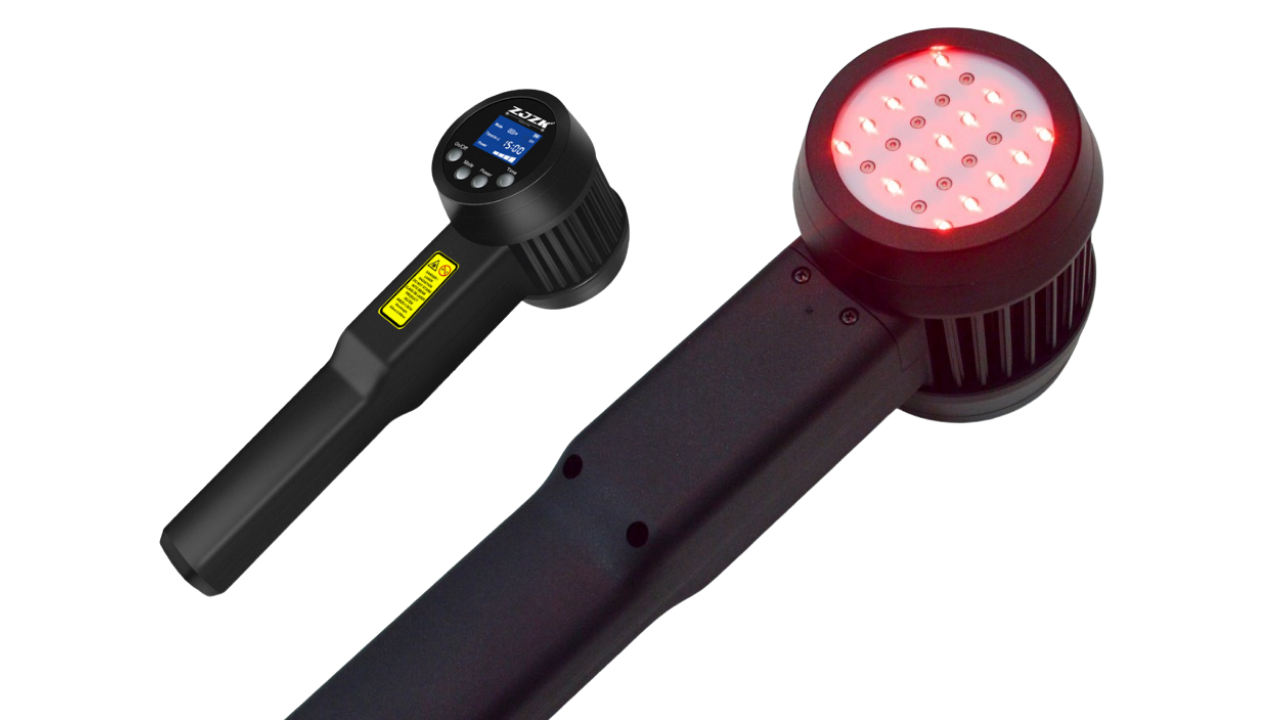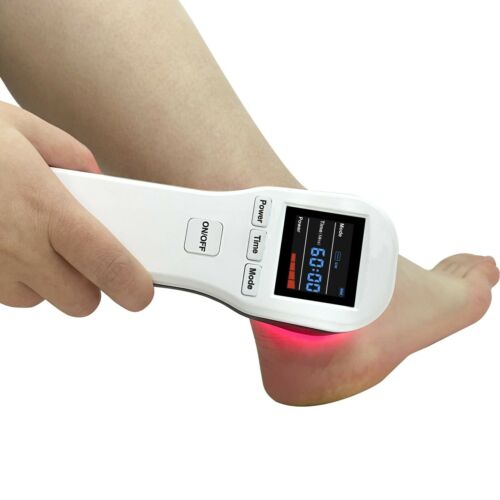
Dynamic air compression-based devices for muscle repair and rehabilitation are trending these days. More than often or not, you come across an advertisement on the internet or in gyms, or even in your chiropractor’s office offering to provide speedy recovery from aching and sore muscles using air-filled sleeves or boots. These air-filled devices are also one of the most cited items on the Instagram posts of athletes or endurance trainers. Have you ever thought about using one for yourself and wondered, what are these air-filled devices? Are they worth the hype? What is dynamic air compression exactly?
Compression Therapy and the Science Behind It
Compression therapy has been used in medical science for decades. Compression therapy uses “compression,” i.e., the increase in pressure to the specific body parts with the primary purpose of just increasing the blood circulation to that area. This local increase in the blood flow facilitates the delivery and uptake of oxygen to the underlying cells resulting in their rapid enrichment with nutrients and hormones and simultaneous removal of the metabolic waste. Compression therapy can harness wonders in the targeted area repair when optimized correctly. It can speed up the healing of muscles by decreasing inflammation, soreness, and tightness and promoting better muscular movements. Traditionally, compression of arms and legs has been achieved through massage, submersion in water or hot tubs, or wearing specialized compression socks or gloves. However, over the past several years, advancements in science and technology led to the motorization and automation of this conventional pressure application process.
Dynamic Air Compression
Dynamic air compression (DAC), also known as pneumatic compression technology, uses a motored device (usually a sleeve or boot) where you can place your limbs. Then, the air is circulated through the machine programmatically, facilitating its inflation, and as a result, controlled pressure is applied to the desired location in massage-like patterns. These DAC devices have been designed to envelop the targeted area completely. Generally, these DAC devices come with sequential pulsation (sequential pressing) to mimic the natural massage process and provide the same benefits as conventional compression therapy with precision and speed. Normatec was the world’s first DAC device developed in 1988 by Dr. Laura Jacobs (Newton Center, Massachusetts). Initially just being used in medical-grade devices, the DAC technology is now mainstream and is no longer only available in clinicians’ offices. Now you can access it in the gyms, studios, and from the comfort of your homes.
“How are these motorized devices better than compression socks?” you might ask. Why go through so much hassle of plugging yourselves into a device when you can wear a piece of garment? Compression socks provide a passive way of achieving pressure massage. They are usually tighter at the bottom and get progressively looser as you go up towards the thighs. DAC devices are more of an active massage system. They systematically inflate and deflate. By doing this, they can serve two purposes. One, they can provide relief extremely fast so that you can quickly go back to doing your thing after a strenuous workout or training, or sport. Two, the sequential movement prevents the backflow of the body fluids towards the bottom of your feet, which is very important to reduce swelling. Further, the users also complain that the compression socks are too hot when worn for a prolonged time and too difficult to put on and come off.
Who Can Benefit From the Dynamic Air Compression Massage?

Over the past years, much research has been done to demonstrate the use of DAC messages and DAC devices in rapid recovery in sports personnel. However, they are as helpful to a regular person like you and me as an athlete when healing your muscles. DAC is for you if you are any of the following:
You are an athlete or endurance trainer: Sports and endurance training require much physical activity. The muscles’ athletic stress usually leads to frequent wear and tear and injury, resulting in chronic pain and swelling. Further, the athletic profession requires rapid recovery from any damage as sustaining injuries for a longer duration can cost an athlete a career. Using DAC-based motorized devices provides a suitable approach to accelerate warmup and recovery when hands-on massage isn’t available. Since the inception of dynamic air compression, several studies have demonstrated the beneficial effects of using DAC therapy in athletics and sports. A study published in the journal of strength and conditioning research in 2015 suggested DAC as a suitable means of accelerating and enhancing muscle recovery after aggressive training in Olympic athletes. In another study published in the orthopedic and sports physical therapy journal in 2016, researchers found that post-exercise DAC therapy offers the same benefits to the ultramarathon runners as post-exercise massage and helps lower muscle fatigue. Further, another study published in the Journal of Sports Rehabilitation in 2021 suggested using DAC devices in resistance-trained athletes to reduce perceived muscle soreness after upper body exercise.
Persons who are on their feet a lot due to their work: Constant standing in soldiers, doctors, waiters, etc., can lead to chronic muscle tightness and fatigue. Such personnel can benefit from DAC as DAC devices’ continuous movement or pulsation can help loosen the muscles.
If you are recovering from a fracture, the DAC devices can help reduce the inflammation after a fracture.
You are at a high risk of developing deep vein thrombosis (DVT). DVT means the formation of a blood clot in the deep veins of your body, usually the lower leg. This can happen if you are immobile for a very long time. Generally, the muscle contraction in our limbs helps maintain a regular blood flow in and out of our veins when we move. However, when we are immobile for a prolonged period, the blood flow slows down. And the blood cells may tend to stick together to form a clot. DVT can be life-threatening if the blood clot travels to your lungs or brain from your legs. DAC devices can help prevent DVT as continuous pulsation can maintain a steady blood flow to the veins. So, you should consider using a DAC device if you are at a high risk of developing DVT, such as when you are lying down for a longer duration after a surgery or when you are not able to move much due to an injury or pregnancy or obesity or old age, and when you are traveling for a more extended period in a car or an airplane, etc.
What are the Disadvantages of Using Dynamic Air Compression Devices?
Potentially, the side effects or disadvantages of dynamic compression therapy are minimal. Following are some of the pitfalls that you should be careful about:
The commercial DAC devices are pricey. A regular, legs-only version of Normatc can cost you more than $1000. Plus, using these devices at gyms might add to your membership charges.
The at-home DAC devices may be complicated for you to optimize for your specific needs. While your trainer or physical therapist may know exactly which settings to use for you based on your training regimen, you might use the wrong setting if you are a layperson like me. Using an incorrect location, for example, a higher pressure for a long time may cause a lot of discomfort and numbness to your limbs. Before using these devices for pain or swelling, it is always good to consult your doctor. They can instruct you on the beneficial compression pressure and duration.
People with underlying conditions such as severe vascular and atrial conditions, leg ulcers, and burns should avoid using the DAC devices.
Call your healthcare provider right away if you have any of these after using a DAC device: Extreme pain in your leg or arm, swelling in your limbs, a hot and red area, or a sore under the skin.
Concluding Remarks
Dynamic air compression has well researched and proven benefits for promoting repair and recovery from muscle damage and providing relief to the muscles following strenuous activity. Though much research still needs to be done to validate the effect of DAC on overall physical fitness for a regular user, you can still make them a part of your routine while you are getting ready to take on to life after a busy day at work, a strenuous sport, or an endurance workout.
References:
- Beliard, S., Chauveau, M., Moscatiello, T., Cros, F., Ecarnot, F., & Becker, F. (2015). Compression garments and exercise: no influence of pressure applied. Journal of sports science & medicine, 14(1), 75.
- Cranston, A. W., & Driller, M. W. (2022). Investigating an intermittent sequential pneumatic compression arm sleeve for recovery after upper-body exercise. The Journal of Strength & Conditioning Research.
- Hoffman, M. D., Badowski, N., Chin, J., & Stuempfle, K. J. (2016). A randomized controlled trial of massage and pneumatic compression for ultramarathon recovery. Journal of orthopedic & sports physical therapy, 46(5), 320-326.
- Kephart, W. C., Mobley, C. B., Fox, C. D., Pascoe, D. D., Sefton, J. M., Wilson, T. J., ... & Martin, J. S. (2015). A single bout of whole‐leg, peristaltic pulse external pneumatic compression in human skeletal muscle tissue upregulates PGC‐1α mRNA and endothelial nitric oxide synthase protein. Experimental physiology, 100(7), 852-864.
- Sands, W. A., Murray, M. B., Murray, S. R., McNeal, J. R., Mizuguchi, S., Sato, K., & Stone, M. H. (2014). Peristaltic pulse dynamic compression of the lower extremity enhances flexibility. The Journal of Strength & Conditioning Research, 28(4), 1058-1064.
- Sands, W. A., McNeal, J. R., Murray, S. R., & Stone, M. H. (2015). Dynamic compression enhances pressure-to-pain threshold in elite athlete recovery: exploratory study. The Journal of Strength & Conditioning Research, 29(5), 1263-1272.
- Stedge, H. L., & Armstrong, K. (2021). The Effects of Intermittent Pneumatic Compression on the Reduction of Exercise-Induced Muscle Damage in Endurance Athletes: A Critically Appraised Topic. Journal of Sport Rehabilitation, 30(4), 668-671.
- Winke, M., & Williamson, S. (2018). Comparison of a pneumatic compression device to a compression garment during recovery from DOMS. International journal of exercise science, 11(3), 375.



